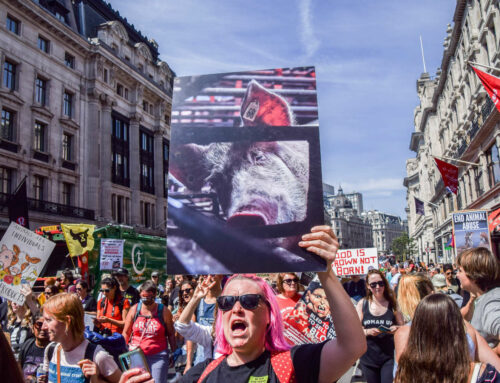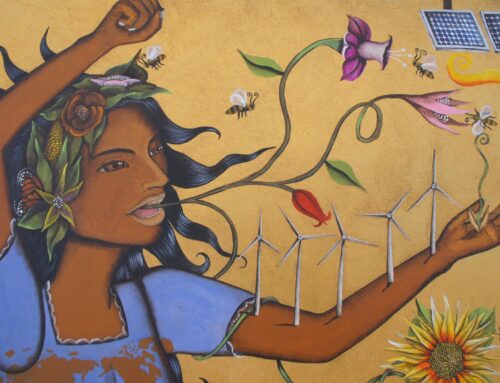Migration is one way women may be forced to adapt to climate change, but this displacement also puts women at greater risk for violence, a group of women leaders explained at a Wilson Center event. Eleanor Bornstorm, Program Director for the Women’s Environment and Development Organization (WEDO), noted that because women are often in caretaking roles, they are also expected to volunteer and shield their communities from harm. Yet structural inequalities put women disproportionately at risk to violence during climate displacement. Carrying forward the former statement, Justine Calma, Grist environmental justice reporting fellow, vocalized the violence faced by women and young girls during climate displacement. For example, during the 2013 Typhoon Haiyan in the Philippines, young girls were sexually exploited, sold and trafficked for food and other resources. Poor or uneducated women, women of color and migrant women are vulnerable to intersectional forms of discrimination, and their needs are often more urgent. Because of these structural inequalities, empowering women and enhancing their leadership may be the best strategy to address climate change, rather than mitigating its effects. WEDO is assessing factors impacting women during climate displacement, filling in the gaps unaddressed at the national and international level. Photo Credit: Agata Grzybowska.







